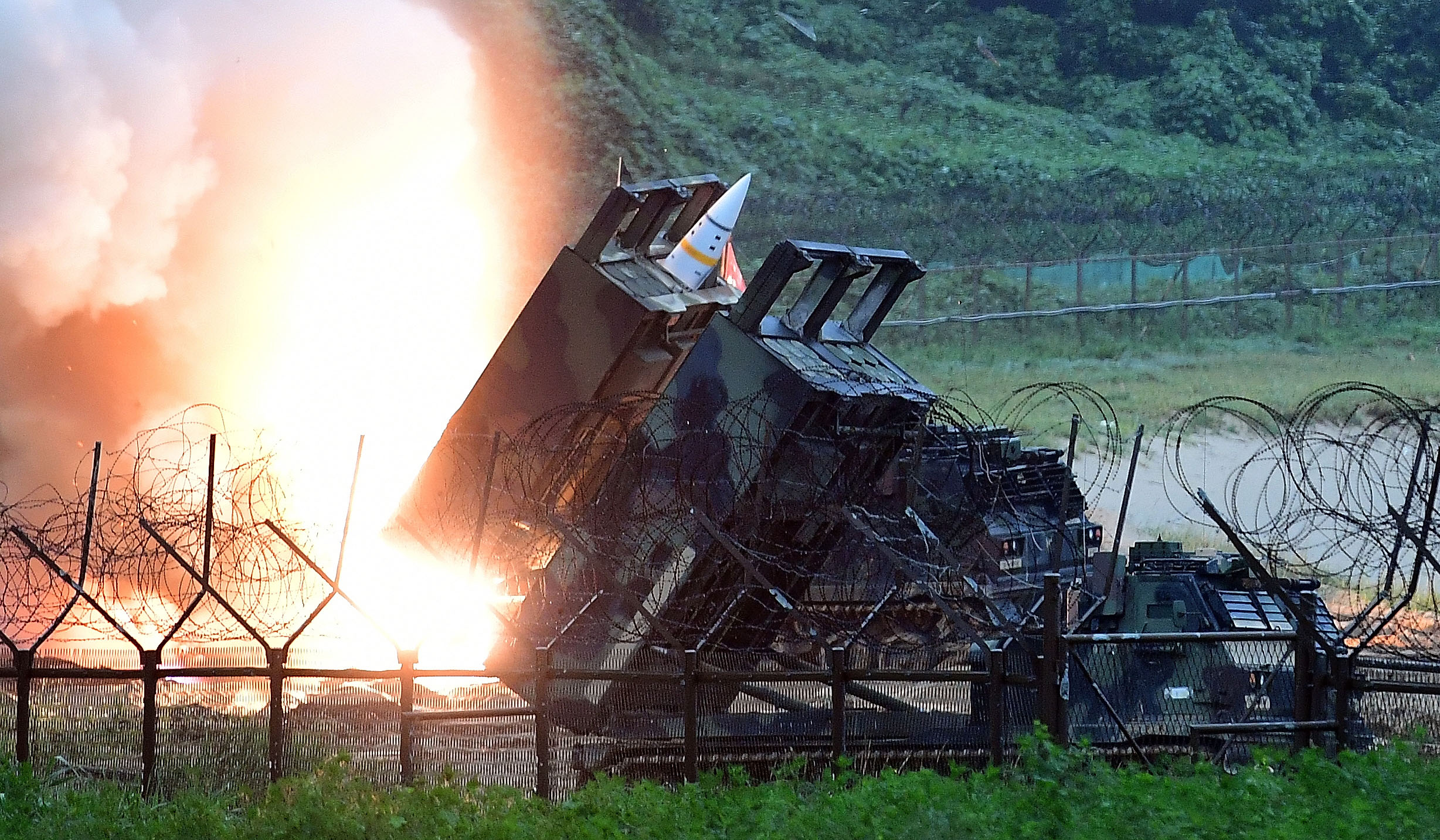Two people died in Northern California on Thursday as a major storm unleashed heavy snow, record rainfall, and devastating flooding.
The storm also knocked out power to hundreds of thousands in the Pacific Northwest, including Seattle.
Authorities warned that the risk of flash flooding and landslides will persist while the storm moves south, with dozens of flights canceled at San Francisco International Airport.
The storm began earlier in the week as a powerful 'bomb cyclone'—a rapidly intensifying low-pressure system—unleashed fierce winds, heavy rain, and snow across the region.

What Damage Has the California Storm Caused?
The extreme weather toppled trees, damaged homes, and left more than 204,000 people without power in Washington state, primarily in the Seattle area.
The outages, which began on Tuesday, are expected to continue into Saturday while crews scramble to clear streets littered with debris.
In response to the chaos, several warming centers were set up in Washington to provide shelter and charge devices, while power outages disrupted essential services.
Some medical facilities were forced to close, while those affected voiced their concerns about the storm's severity.
"I've been here since the mid-80s. I haven't seen anything like this," said Trish Bloor, an official in Issaquah, Washington, who was surveying damaged homes.

How Much Rainfall Has There Been in Northern California?
In Northern California, intense rainfall has led to flash floods, with some areas receiving more than 10 inches of rain in just two days.
Santa Rosa recorded 6.5 inches of rain on Thursday—its wettest day in more than two decades—while other parts of Sonoma County, including the unincorporated town of Venado, reported more than 11 inches of rain.
The deluge has caused widespread flooding, forcing residents such as Meghan Nelson and her fiance to seek shelter in hotels after their Fulton, California, home was inundated.
"Luckily we're safe for right now," Nelson said, though she remains uncertain whether she and her fiance will be able to return home soon.
Which Flights to Northern California Have Been Cancelled?
As the storm moved south, authorities issued flood watches across Northern California, where the region is dealing with the season's most powerful atmospheric river.
The system, which is a long plume of moisture from the Pacific, was expected to continue through to Friday, bringing more heavy rain, snow, and the risk of rockslides.
In addition to the flooding, the storm has been causing severe travel disruptions.
More than 550 flights were delayed or canceled at San Francisco International Airport Thursday, according to FlightAware, while California's Department of Transportation closed parts of Interstate 5 due to snow, and also shut down a section of the Avenue of the Giants because of flooding.
The storm also prompted the closure of over a dozen schools in the Seattle area.
In the mountainous regions of the Sierra Nevada, a winter storm watch has been issued, with up to 15 inches of snow expected at elevations above 3,500 feet.
Ski resorts in the region, including Sugar Bowl Resort near Lake Tahoe, are capitalizing on the early snow, with both Sugar Bowl and Palisades Tahoe opening their slopes ahead of schedule.

As the storm continues its path, communities along the West Coast are bracing for more damage and possible fatalities.
Washington Gov. Jay Inslee praised utility crews for working around the clock to restore power and clear debris, although he warned that it could take weeks to assess the full extent of the damage.
Meanwhile, in the Northeast, a rare rainstorm is providing some relief to areas battling wildfires and drought.
As much as two inches of rain is expected in parts of New York and New Jersey by Saturday morning, bringing a temporary respite to the region's fire danger.
However, meteorologists cautioned that while any rainfall is significant, it won't be enough to end the ongoing drought conditions that have plagued the area.
This article contains additional reporting from The Associated Press




















 English (US) ·
English (US) ·